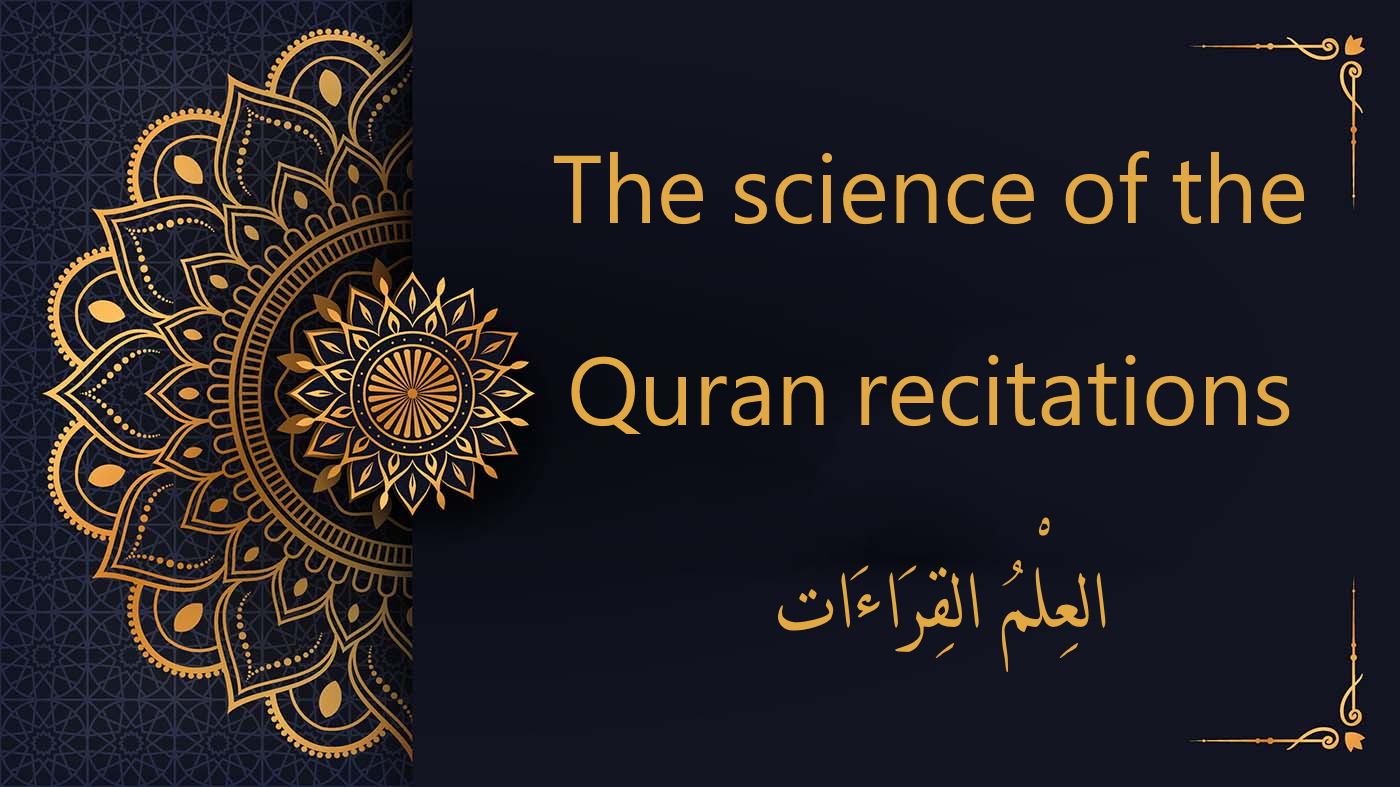Quranic Recitation Science | العِلْمُ في قِرَاءَات القرآن

Quranic Recitation Science | العِلْمُ في قِرَاءَات القرآن The science of Quranic recitations encompasses three pivotal areas: Mastery of Tajweed principles. Understanding the varied styles of recitation. Exploring the diverse learning modalities. Understanding the Principles of Tajweed Tajweed is bifurcated into: Theoretical Rules: This encompasses the foundational principles of Tajweed, detailing standards and designations […]

